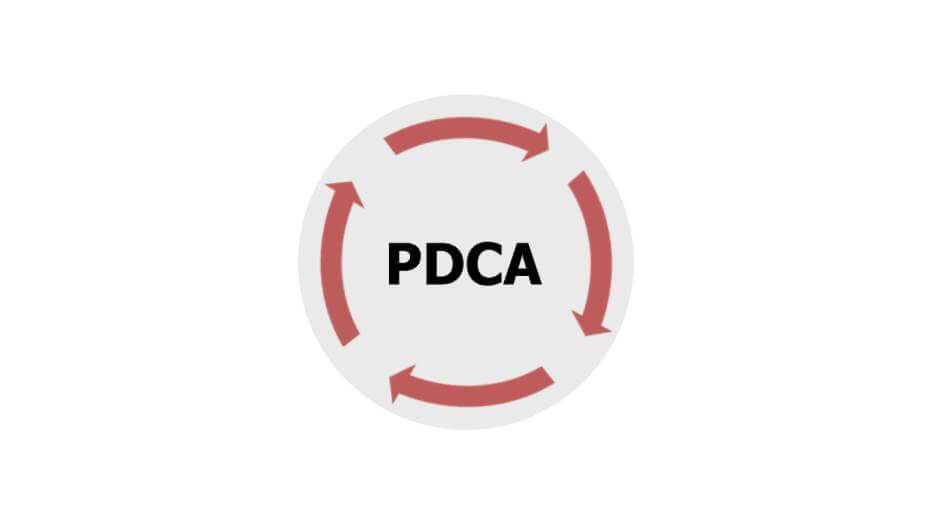In the run up to our Lean Sharing Day on April 3rd I’ve been reading through the abstracts we have received from people wanting to share their stories and bring their questions. One reflection is that if you don’t try to change something then you don’t learn. Many of us know the quote from the inventor and businessman Thomas Edison that “genius is one percent inspiration, ninety-nine percent perspiration.” Edison would construct a theory and work on it until all avenues had been analysed. He tested over 3,000 theories (different filaments) before he came up with his version of the light bulb, yet only in two cases did his experiments prove the truth of his initial theory or hypothesis.

In the late 1990’s Daniel T Jones asked a group of his researchers to understand how we could improve the performance of whole value streams. We applied the process of value stream mapping to the steel to vehicle assembly supply chain, walking and analysing 17 value streams from steel production through to the UK’s key automotive first tier suppliers and then compared the performance of these value streams with those of Toyota and Mazda in Japan. We captured the lessons learned which provided input to Dan and Jim Womack’s “Seeing the Whole” workbook that was published in 2002. Whilst a few enlightened managers took the methodology and reconfigured their value streams – dramatically improving their performance – most firms were focused on outsourcing and off shoring.
Interestingly, with currency changes, rising costs in once low wage countries we’ve seen renewed enthusiasm for understanding and improving the underlying value creating process that suppliers share with their customers prompting us to relaunch a second edition of the workbook a couple of years ago.
At our Lean Community Sharing Day in 2013, Steve Warren Director of Supply Chain Development at Akzo Nobel paints shared their story of how they have developed multiple, parallel experiments to transform their supply chains around the world, initially using the lessons learned from “Seeing the Whole.” This story contained so many nuggets that we asked Steve to present it and further developments at our Lean Summit last November. We’ve uploaded the video of Steve’s talk to our You Tube Channel so you can see for yourself the benefits of applying multiple experiments to close business gaps.
Reflecting on the journey and attempting to extract the lessons learned is invaluable. It closes the PDCA cycle. That’s why we organise our Sharing Day. People in similar situations – all trying to improve performance by implementing lean can come together to share their experiments. Discussing what has worked and what hasn’t worked helps us all identify potential next steps to go and try.